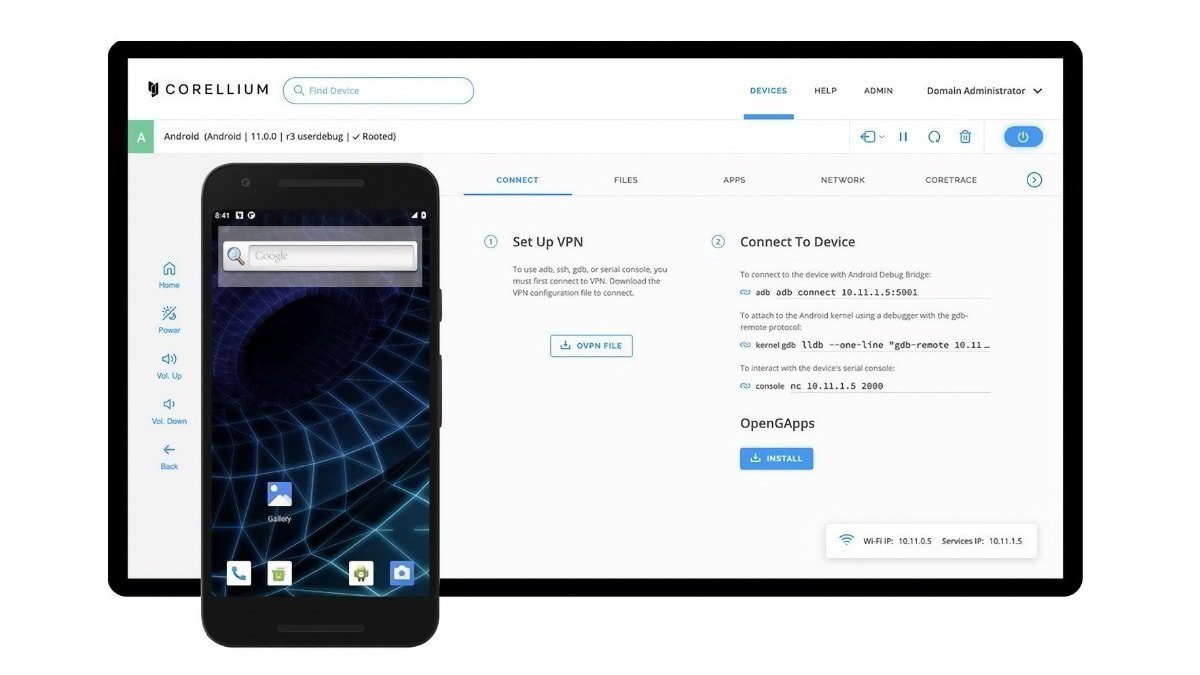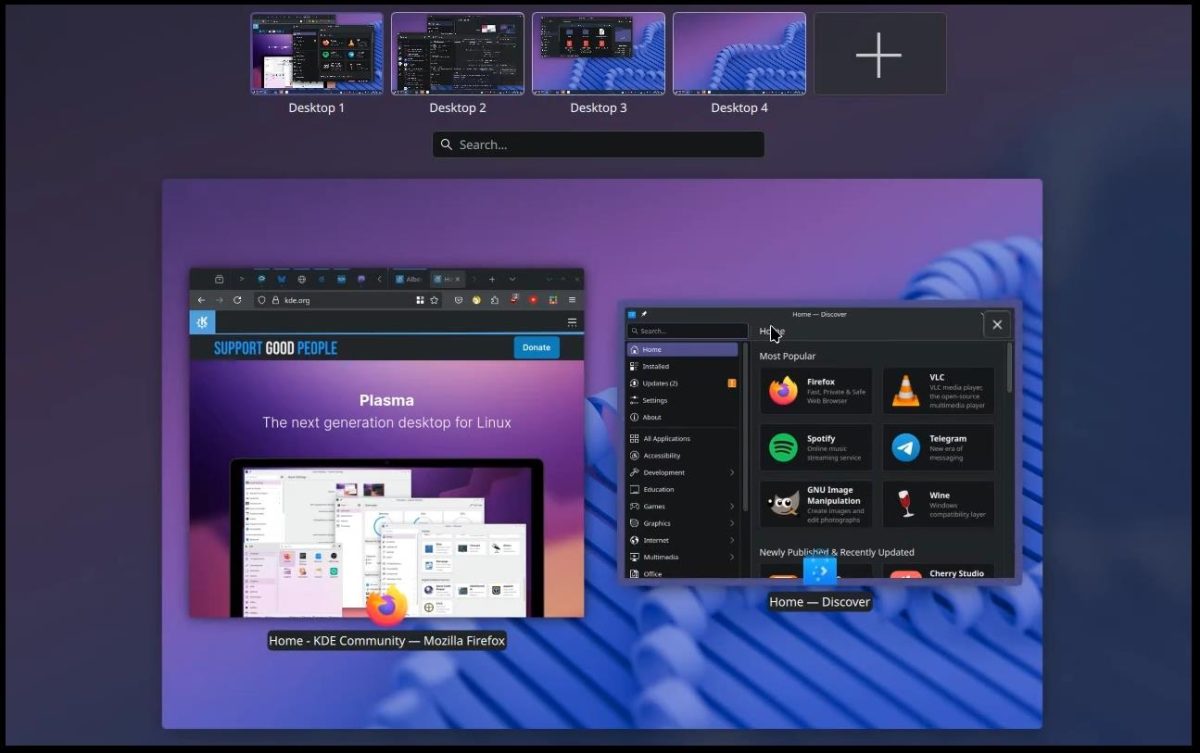Import specific properties from JSON
Introduction Learn how to read a json string with known properties and remove unwanted properties, followed by deserializing to a strongly typed class. From incoming to desired data type For this demonstration, the following data is incoming data with an extra property, Age, and two properties, Name and Last, which need to be FirstName and LastName. [ { "Id": 1, "Name": "Mary", "Last": "Jones", "Age": 22 }, { "Id": 2, "Name": "John", "Last": "Burger", "Age": 44 }, { "Id": 3, "Name": "Anne", "Last": "Adams", "Age": 33 }, { "Id": 4, "Name": "Paul", "Last": "Smith", "Age": 29 }, { "Id": 5, "Name": "Lucy", "Last": "Brown", "Age": 25 } ] The class to import data into. public class Person { public int Id { get; set; } [JsonPropertyName("Name")] public string FirstName { get; set; } [JsonPropertyName("Last")] public string LastName { get; set; } } Aliasing properties JsonPropertyName is used to alias from property names in json to what is in the class. Removing unwanted properties This is a simple process, read in a json file with the correct format followed iterating the array and for each item remove one or more properties. Here only one property is being removed. var jsonArray = JsonNode.Parse(File.ReadAllText("peopleIncoming.json"))!.AsArray(); foreach (var item in jsonArray) { JsonObject obj = item!.AsObject(); obj.Remove("Age"); } Next, place the modified json into a variable and write the json to a file. var updatedJson = jsonArray.ToJsonString(Indented); DisplayUpdatedJsonPanel(updatedJson); Console.WriteLine(); File.WriteAllText("People.json", updatedJson); Indented definition public static JsonSerializerOptions Indented => new() { WriteIndented = true }; Deserializing to the Person class var people = JsonSerializer.Deserialize(updatedJson); The following screenshot is from a sample project that is included. Summary With the provided instructions, it is easy to import json data into a desired format. See also C# System.Text.Json Source code

Introduction
Learn how to read a json string with known properties and remove unwanted properties, followed by deserializing to a strongly typed class.
From incoming to desired data type
For this demonstration, the following data is incoming data with an extra property, Age, and two properties, Name and Last, which need to be FirstName and LastName.
[
{
"Id": 1,
"Name": "Mary",
"Last": "Jones",
"Age": 22
},
{
"Id": 2,
"Name": "John",
"Last": "Burger",
"Age": 44
},
{
"Id": 3,
"Name": "Anne",
"Last": "Adams",
"Age": 33
},
{
"Id": 4,
"Name": "Paul",
"Last": "Smith",
"Age": 29
},
{
"Id": 5,
"Name": "Lucy",
"Last": "Brown",
"Age": 25
}
]
The class to import data into.
public class Person
{
public int Id { get; set; }
[JsonPropertyName("Name")]
public string FirstName { get; set; }
[JsonPropertyName("Last")]
public string LastName { get; set; }
}
Aliasing properties
JsonPropertyName is used to alias from property names in json to what is in the class.
Removing unwanted properties
This is a simple process, read in a json file with the correct format followed iterating the array and for each item remove one or more properties. Here only one property is being removed.
var jsonArray = JsonNode.Parse(File.ReadAllText("peopleIncoming.json"))!.AsArray();
foreach (var item in jsonArray)
{
JsonObject obj = item!.AsObject();
obj.Remove("Age");
}
Next, place the modified json into a variable and write the json to a file.
var updatedJson = jsonArray.ToJsonString(Indented);
DisplayUpdatedJsonPanel(updatedJson);
Console.WriteLine();
File.WriteAllText("People.json", updatedJson);
Indented definition
public static JsonSerializerOptions Indented => new() { WriteIndented = true };
Deserializing to the Person class
var people = JsonSerializer.Deserialize<Person[]>(updatedJson);
The following screenshot is from a sample project that is included.
Summary
With the provided instructions, it is easy to import json data into a desired format.














































































































































































![[The AI Show Episode 151]: Anthropic CEO: AI Will Destroy 50% of Entry-Level Jobs, Veo 3’s Scary Lifelike Videos, Meta Aims to Fully Automate Ads & Perplexity’s Burning Cash](https://www.marketingaiinstitute.com/hubfs/ep%20151%20cover.png)

























































































































![[DEALS] FileJump 2TB Cloud Storage: Lifetime Subscription (85% off) & Other Deals Up To 98% Off – Offers End Soon!](https://www.javacodegeeks.com/wp-content/uploads/2012/12/jcg-logo.jpg)



![From electrical engineering student to CTO with Hitesh Choudhary [Podcast #175]](https://cdn.hashnode.com/res/hashnode/image/upload/v1749158756824/3996a2ad-53e5-4a8f-ab97-2c77a6f66ba3.png?#)



























































































































































































































































![Apple Shares Official Trailer for 'The Wild Ones' [Video]](https://www.iclarified.com/images/news/97515/97515/97515-640.jpg)









































































